Story at a glance:
- Since launching Thrive fiber in 2016, Universal Fibers has been reducing end-body carbon from material by 10% each year. In 2021 they launched the world’s first carbon-negative fiber—Thrive matter.
- Universal Fibers partners with suppliers, top universities, local K-12 systems, and nonprofits to deliver high-impact learning about life cycle carbon dioxide reduction.
- The company locates facilities to reduce climate impact from material sourcing and transportation. One example is Universal Fibers Poland—at the heart of the EU supply chain.
As business and government embrace increasingly rigorous rules for tracking and reporting Environmental, Social and Governance (ESG) impact, sustainability claims must be increasingly substantive—and they have to span the life cycle from responsible sourcing to zero-waste, clean manufacturing to smart logistics and reverse logistics. Universal Fibers® has long been ahead of this curve, and it’s doing its part to stay there.
The company’s deep commitment to carbon reduction led to the launch in June 2021 of the world’s only carbon-negative nylon fiber, Thrive® matter. This is simply the latest in a run of sustainability “firsts” that stretches back decades to the first use of post-consumer content in both nylon 6 and 6,6 fibers and forward to EnLIST®—the industry’s first framework for tracking life cycle impacts.
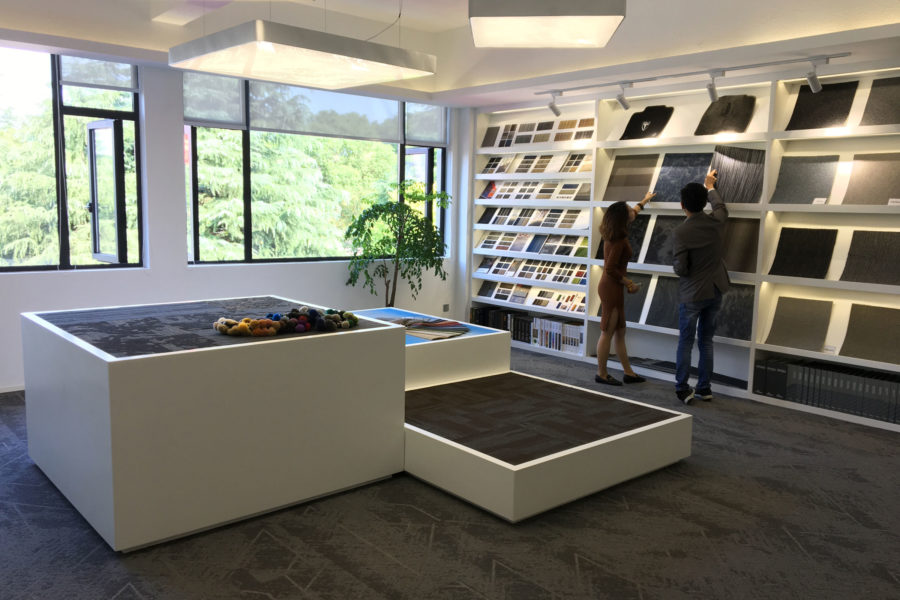
Photo courtesy of Universal Fibers
Ranae Anderson, global sustainability leader for Universal Fibers, explains that sustainability leadership is fully baked into the company’s history and culture. “Our team believes that sustainability is not only an initiative but an intrinsic value inherent to Universal Fibers,” she says. “We are driven by our commitment to the planet and to the health of the specific places we all call home. People are at the heart of it. Our President Phil Harmon says, ‘Sustainability is more than merely incorporating more recycling into our process. It is truly part of our cultural thinking. We care deeply about our community, teams, partners, and customers around the world.’”
Anderson recently sat down with gb&d to talk about the ways Universal Fibers uses collaborations around sustainability as a key driver for product development.
Why is collaboration so important to Universal Fibers?
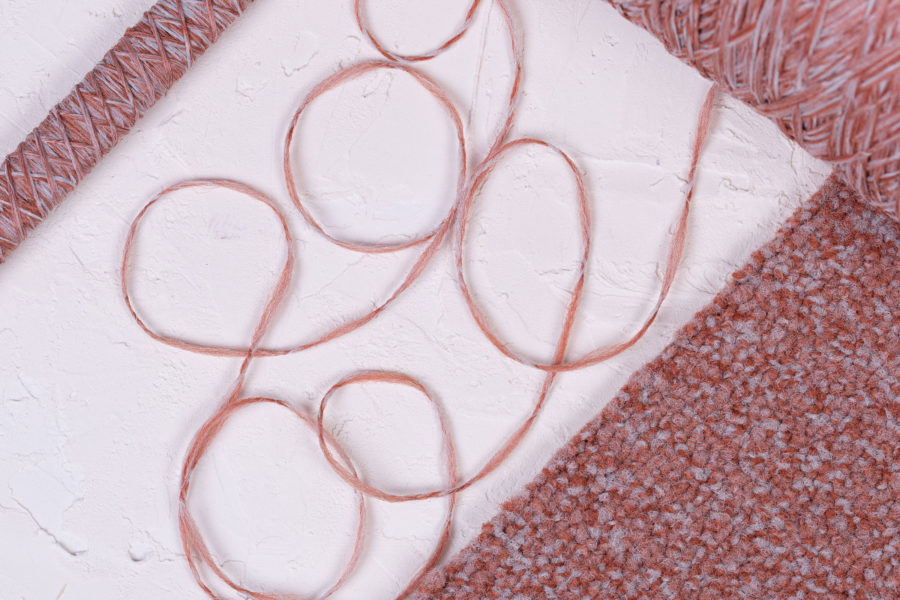
Photo courtesy of Universal Fibers
We thrive on partnerships of all kinds. We have learning partnerships with universities, suppliers, government, nonprofits, and even elementary schools. Not only do these programs increase broad awareness and understanding about the carbon life cycle, they also expose our teams to great ideas, talent, and energy.
Our volunteers regularly visit elementary schools and participate in STEM programs, exposing kids and teachers to manufacturing and problem solving. And we offer internships for high school students to bring them more deeply into our world. At the university level we partner with various schools to fund innovation projects aimed at real-world challenges. For example, engineering classes at Virginia Tech developed and pitched solutions for cooling water during production. We applied some of those student ideas directly to reduce both our water consumption and our carbon footprint.
Likewise, we partner with both suppliers and customers on supply chain transparency, helping us and them secure third-party certifications. We want to ensure our customers have all the necessary information to meet their sustainability goals. In a world where we are measuring end-to-end life cycle, we can’t go it alone.
Finally, we partner with the government and with industry associations. Since 2006 we have been active in the Carpet America Recovery Effort (CARE). This is an industry-wide initiative to increase landfill diversion and recycling of post-consumer carpets while encouraging design for recyclability. Our partnership with CarbonFund.org means all Thrive matter products are certified carbon-free. This program uses life cycle assessment data to determine the greenhouse gas emissions of a product’s life cycle. Any emissions that can’t be fully eliminated from the product life cycle organically are “neutralized” with carbon offset projects. As a result Universal Fibers has helped fund a large-scale wind project in Turkey and a conservation project that protects nearly 160,000 acres of tropical rainforest.
How does your global location strategy play a role in sustainability?
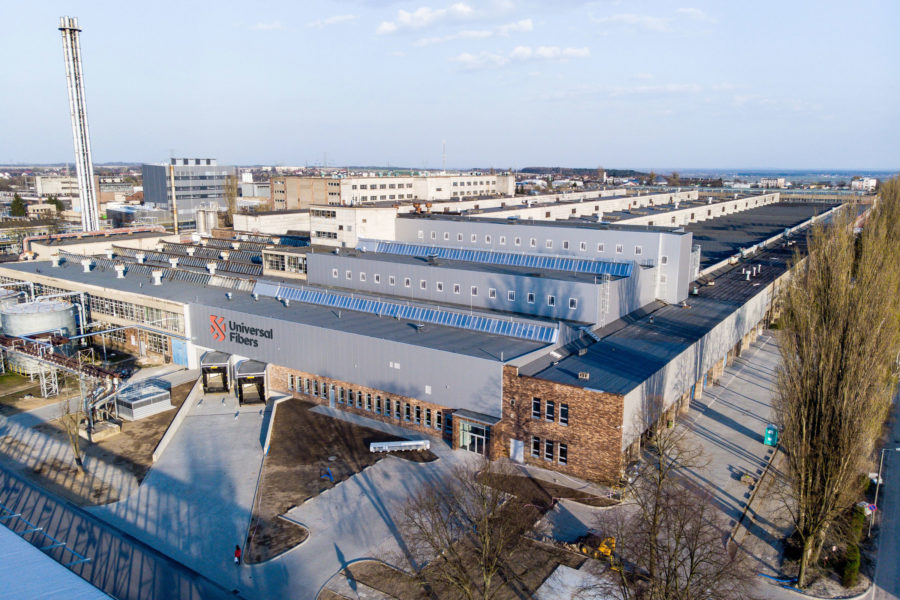
Universal Fibers’ Poland production facility is centrally located in Europe and easily supports the entire region. Photo courtesy of Universal Fibers
We have three strategic locations—Bristol, Virginia; Gorzów Wielkopolski, Poland; and Taicang, China. Each location allows us to meet our commitment to quality, services, and sustainability for that region. Our US site is strategic in its access to the railways and supports our customers in all of North America. Our Chinese plant gives us central access to suppliers and customers in the Asian-Pacific and Australian regions.
Transportation is a big driver. For example, our Poland production facility is centrally located in Europe and easily supports the entire region. Another reason this location was our top choice is because of the rich history of this part of Western Poland in fiber manufacturing. We rebuilt a plant that was established in the 1940s and were welcomed by generations of skilled laborers and others with deep knowledge of the industry. Remember what I said earlier about people being at the center of our commitment to sustainability? Well that’s an example there.
How does your product content sourcing fit into your sustainability strategies?
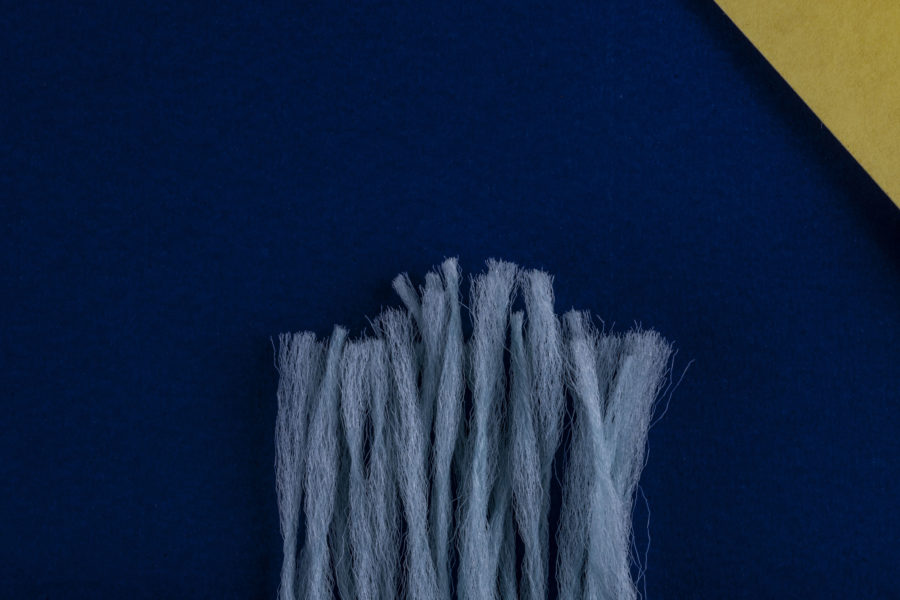
Photo courtesy of Universal Fibers
As industry leaders in high-performance, sustainable fiber production we are constantly exploring ways to reimagine or improve our products and processes by working with our global supply chain. Partnership is again the key here. We want to use the least amount of virgin material, moving our use of recycled material to nearly 100%. We have to work with our suppliers to get there.
And from our customers’ and specifiers’ point of view, how we make the fiber is incredibly important. As we’ve shared before with your publication, manufacturers and designers really need to care about fiber content. Fiber has more impact on the environment than any other component of carpeting.
What’s great is that the work we do to reduce material while maintaining quality leads to breakthroughs and innovations. For example, we can now produce fiber with a certain amount of bulk that provides coverage while reducing weight by more than one-third. Who would innovate so customers actually purchase less? We do! And that’s because we understand lower carpet weight means lower impact end to end. It means less fuel and lower emissions at every step from manufacture to install to recycling.
How does all of this translate into differentiation and success for your products?
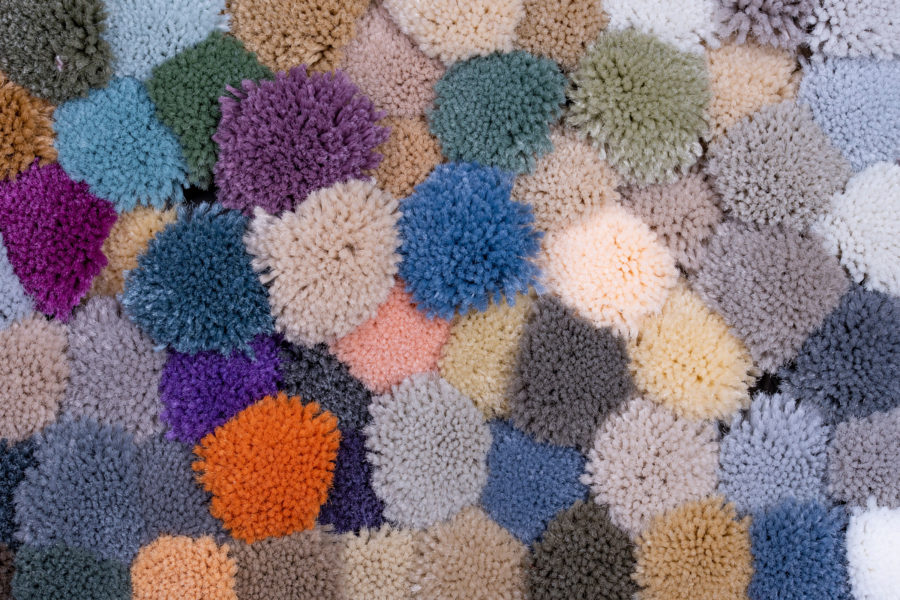
Photo courtesy of Universal Fibers
Thrive matter is a perfect example of the impact sustainability has for us. It is the first and only carbon-negative nylon fiber. Thrive matter has been evolving since 1999 when we first introduced recycled content into our fiber. It has been 20+ years in the making, and we are not done. Thrive was always meant to be an evolving product line. When we officially launched Thrive in 2016, it had a carbon footprint of 3.66 kgs, then the world’s lowest carbon footprint for nylon 6,6. In the years since, we have reduced our end-body carbon from material by a minimum of 10% each year. Our partnerships, our locations, and our innovation projects made that possible.
Any final thoughts to share?
Since we began more than 50 years ago Universal Fibers people have always sought to be at the forefront of global leadership and innovation in sustainable fiber. And I’m proud and glad to say that continues. It may sound idealistic, but we truly believe people, business, and the planet can thrive together.

